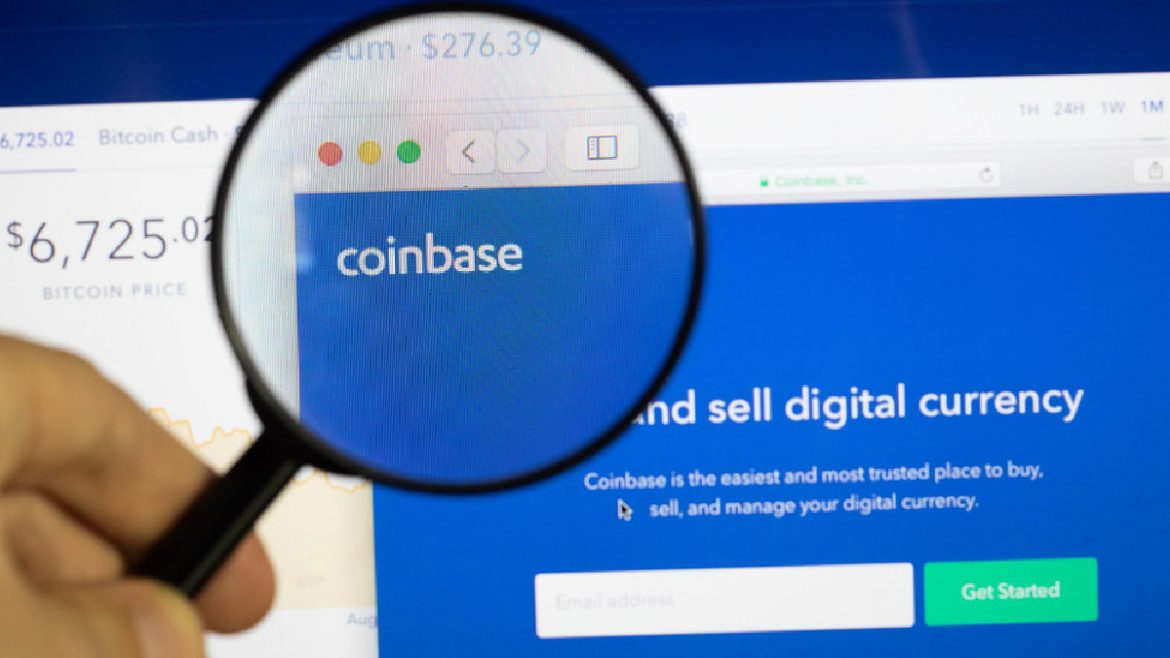Coinbase is one of the most trusted cryptocurrency exchanges in the world, and despite their fees and limited features, crypto traders believe that buying on Coinbase is fast and convenient. In this article we’ll explore the downside and some fine print that you might not be aware of when trading on this convenient and trusted exchange.
Fees
Let’s start with discussion on the most debated feature of Coinbase – confusing fee mechanism. Though its user agreement may be easy enough to understand through careful reading, there are imposed limits to be aware of, as well as regulations and important details that are not explained in the user agreement. It’s important to note that fees and other details discussed in this article are for US-based transactions, which are subject to change at any time, visit their website for more information.
As far as fees go, Coinbase charges a small price for both buying and selling in a combination of both fixed and variable fees, depending on the total amount and method of payment or deposit. For smaller purchases and sales, the app charges a flat fee, regardless of whether you’re using USD stored in your wallet, a bank account, or a credit/debit card. The fixed fee of $2.99 also covers transactions up to $200 within Coinbase if you use either your USD wallet or bank account for buying and selling cryptocurrency, with a variable fee of 1.49% kicking in for purchases and sales made at $201 and above. If you use your credit or debit card for purchases or sale, Coinbase will charge you a variable fee of around 3.99% for transactions starting from $78.06 and up.
While buying crypto, the app charges you a fee which is deducted from the amount of crypto you buy. So if you are buying $100 of Bitcoin, and fee is $2.99, you receive only $97.01 worth of Bitcoin in your wallet.
The clear picture appears only on the end page for each transaction and its important to understand these fee mechanisms while buying and selling. In addition to fees by Coinbase, it’s very important that you check with your bank, as banks may levy additional fees on top of what Coinbase is charging. International users report being charged with a 3% foreign transaction fee for trades made using a debit or credit card, which is a standard fee for international conversions.
Funds are locked at a price
When you place an order and initiate payment, it may take a couple days to go through but the order is locked at a fixed price. Irrespective of whether the price goes up or down, even if it becomes cheaper moments after you place the order. If you are buying using your bank account, it may take up to one week to complete the transaction. While you’re free to buy and sell digital currencies within the app, you won’t be able to take funds out of Coinbase until your initial payment clears.
Spending Limits akin to Credit Card Companies
Coinbase places limits on the quantity that you can buy/sell on a weekly basis and depending on the volume that you generate throughout the week, they increase it. Spending limits are increased for users with a verified account. Your weekly spending limits are fully refilled every seven days at a rate of 1/7 a day. These limits are only apply to Coinbase. Your bank may have limits that are lower, so call your bank to find out what those limits are.
Coinbase has many more limitations hidden in the fine print, for example, it doesn’t feel the need to get a license as the process is expensive and unnecessary; one of the reasons why Coinbase suspended operations in Wyoming. Users’ accounts are only partly insured and they are responsible for any hack or loss of funds. Despite these limitations, most users continue trading on Coinbase due to its ease of use and reliability. We would advise you to read their fine print and think twice before using this hyped exchange.
